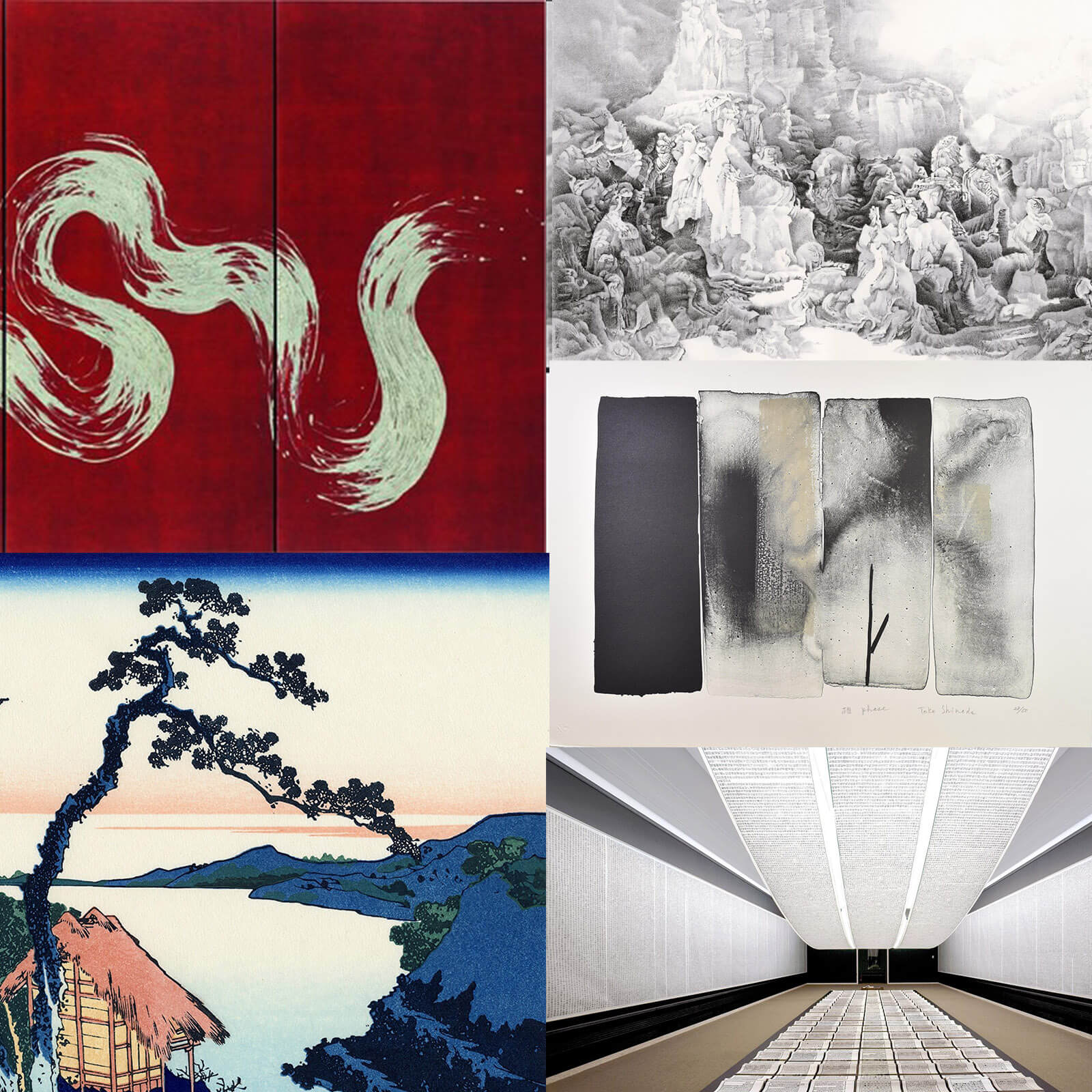Ink art has been used throughout time as a means of expression and symbolism, capturing ancient and contemporary patterns that carry cultural, religious, and personal significance. Artists utilize these symbols to convey ideas, emotions, and social messages, maintaining an unbroken connection with the past while adapting them to the needs of contemporary creation.
Traditional motifs such as Chinese dragons, Japanese waves, the minimalist brushstrokes of sumi-e, and the intricate arabesques of Islamic calligraphy continue to serve as sources of inspiration. These symbols embody religious, philosophical, and aesthetic values, while the absence of color in ink emphasizes their purity and timelessness.
In contemporary ink art, artists redefine these motifs by incorporating abstract forms, geometric designs, and new symbols inspired by technology and mass culture. Some use ink to create works that highlight social issues, while others merge traditional calligraphy with modern elements, exploring new forms of expression.
The interaction between traditional and contemporary symbols in ink art demonstrates the enduring power of this medium. Its flexibility allows artists to draw from the past, transform the present, and influence the future of visual communication. In this way, ink remains a vibrant and constantly evolving medium that bridges tradition with innovation.
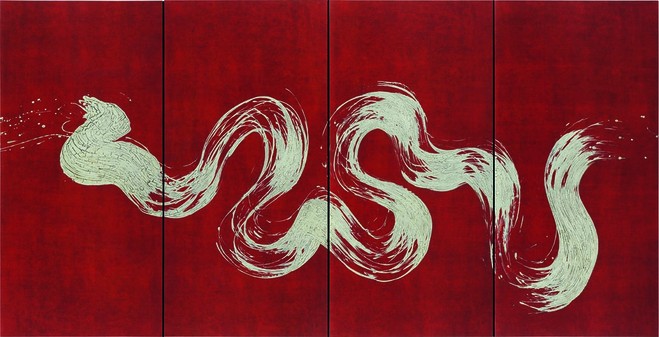
Fabienne Verdier
French artist trained in Chinese calligraphy who incorporates these techniques into contemporary, large-scale compositions.
Katsushika Hokusai
Japanese artist of the Edo period, known for his ink works and woodblock prints, such as the famous “The Great Wave off Kanagawa”, which influenced both traditional and contemporary art.
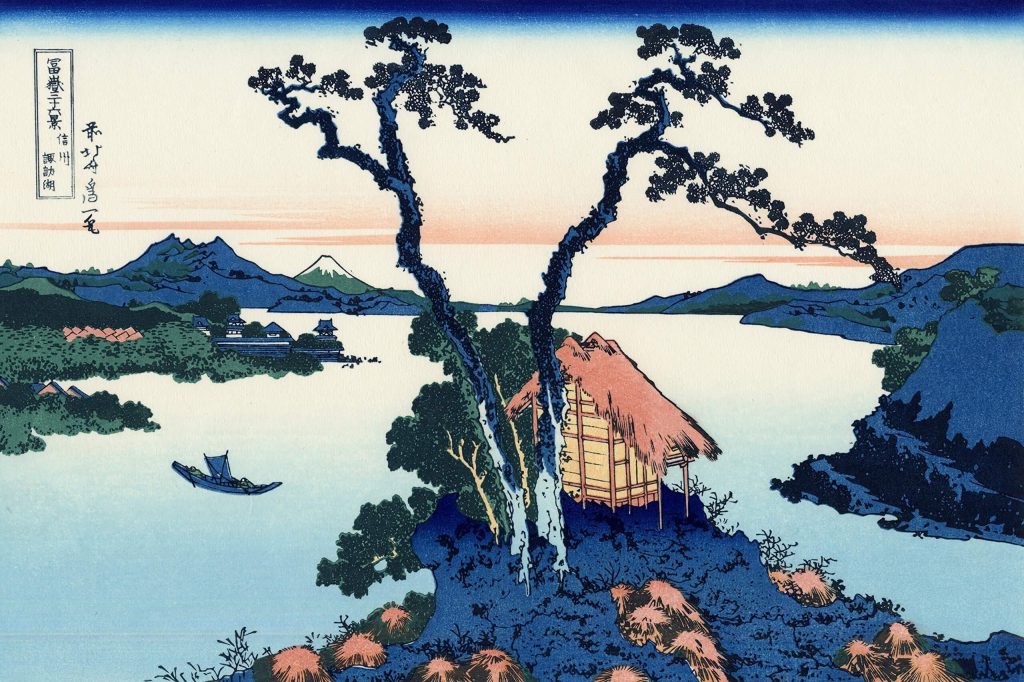
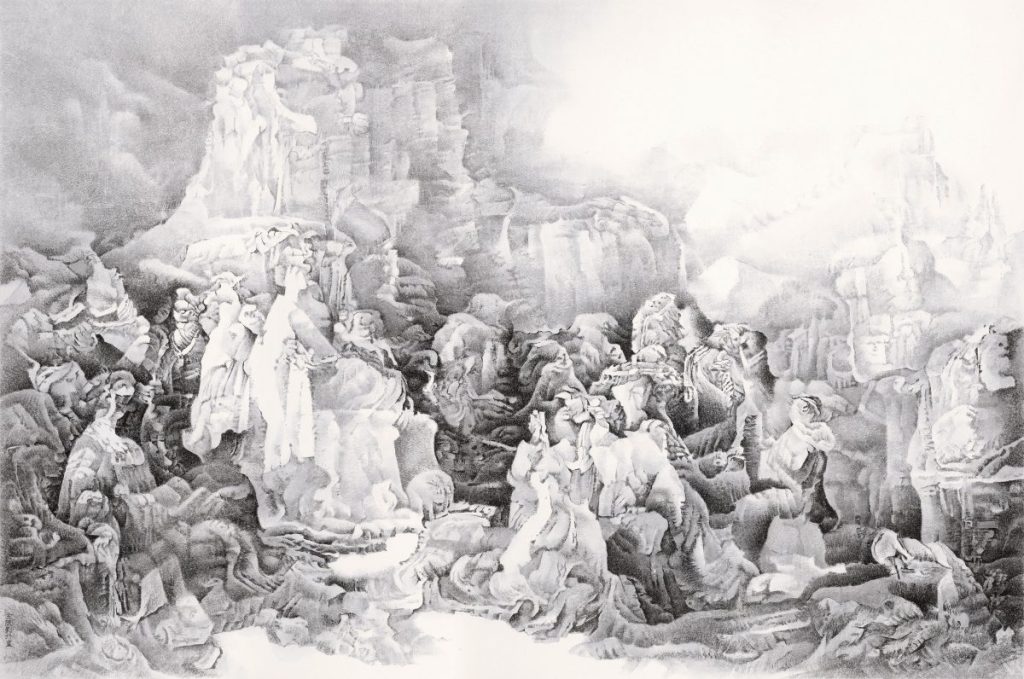
Liu Dan
Chinese artist who reinterprets traditional Chinese ink painting by adding contemporary details and perspectives.
Toko Shinoda
Japanese artist who combines the traditional art of sumi-e with abstract forms, bridging tradition with modernism.
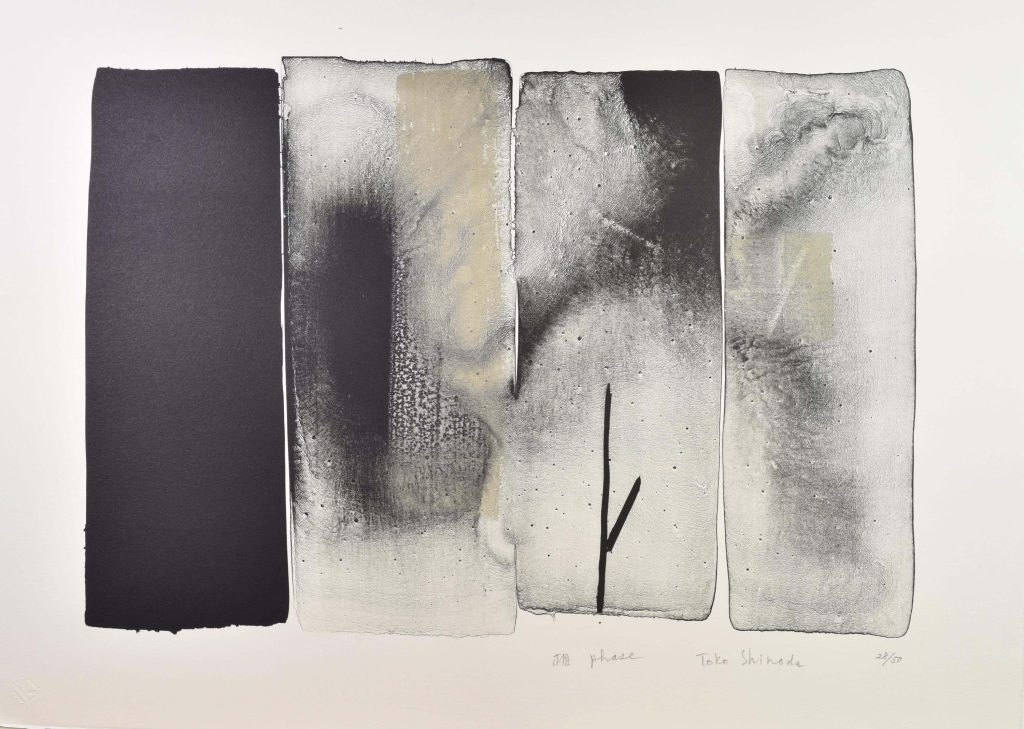
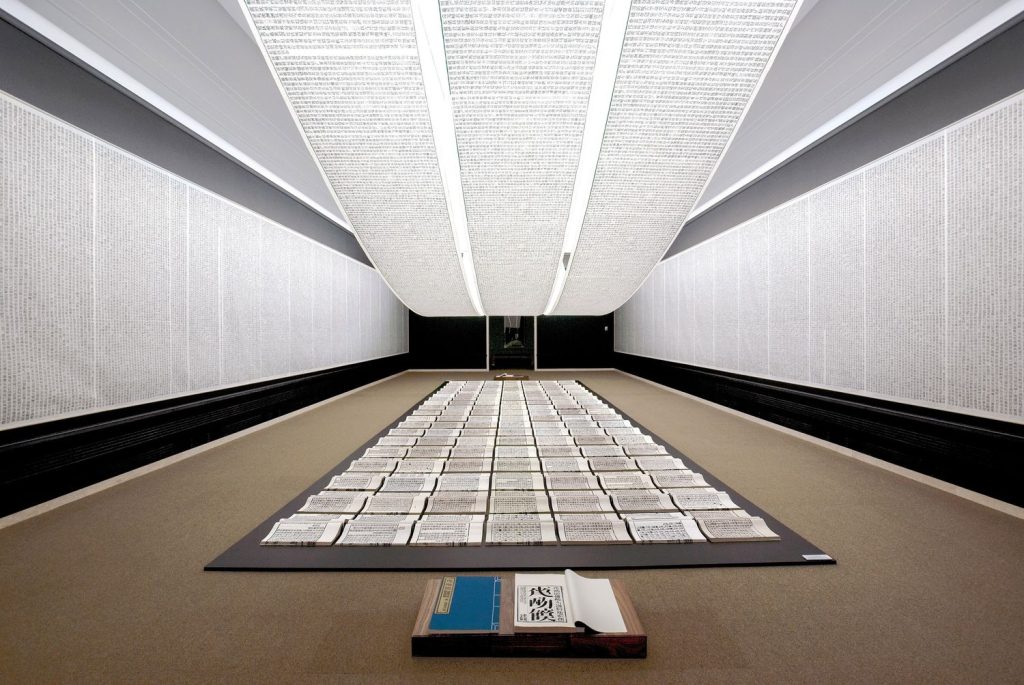
Xu Bing
Chinese artist who uses traditional Chinese calligraphy and printmaking to create contemporary works that explore language and communication.

